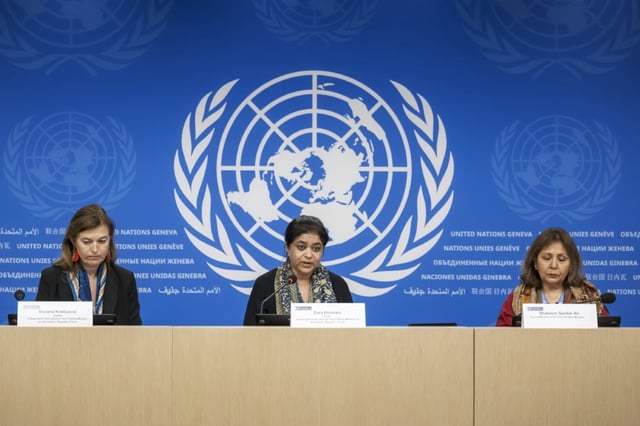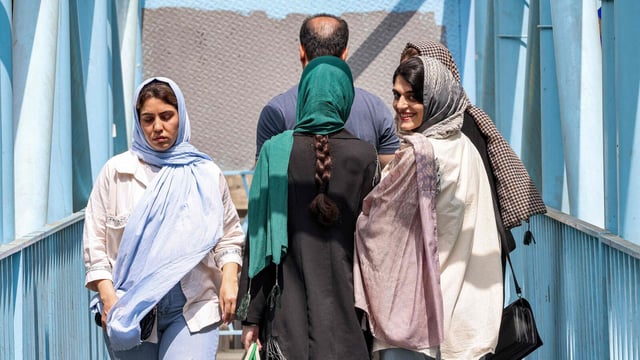Overview
- Iran's 'Nazer' app allows citizens and police to report women not adhering to hijab laws, flagging vehicles and sending warnings to their owners.
- Facial recognition technology has been installed at Tehran's Amirkabir University and surveillance drones deployed in public spaces for hijab enforcement.
- The UN report accuses Iran of systemic human rights violations, including crimes against humanity, in its crackdown on women and dissent since the 2022 protests sparked by Mahsa Amini's death.
- The proposed 'Hijab and Chastity' law, though currently suspended, threatens severe penalties, including imprisonment and fines, for non-compliance with hijab mandates.
- Iran's increased reliance on technology amplifies state control, extending repression to digital spaces and targeting activists, both domestically and abroad.



